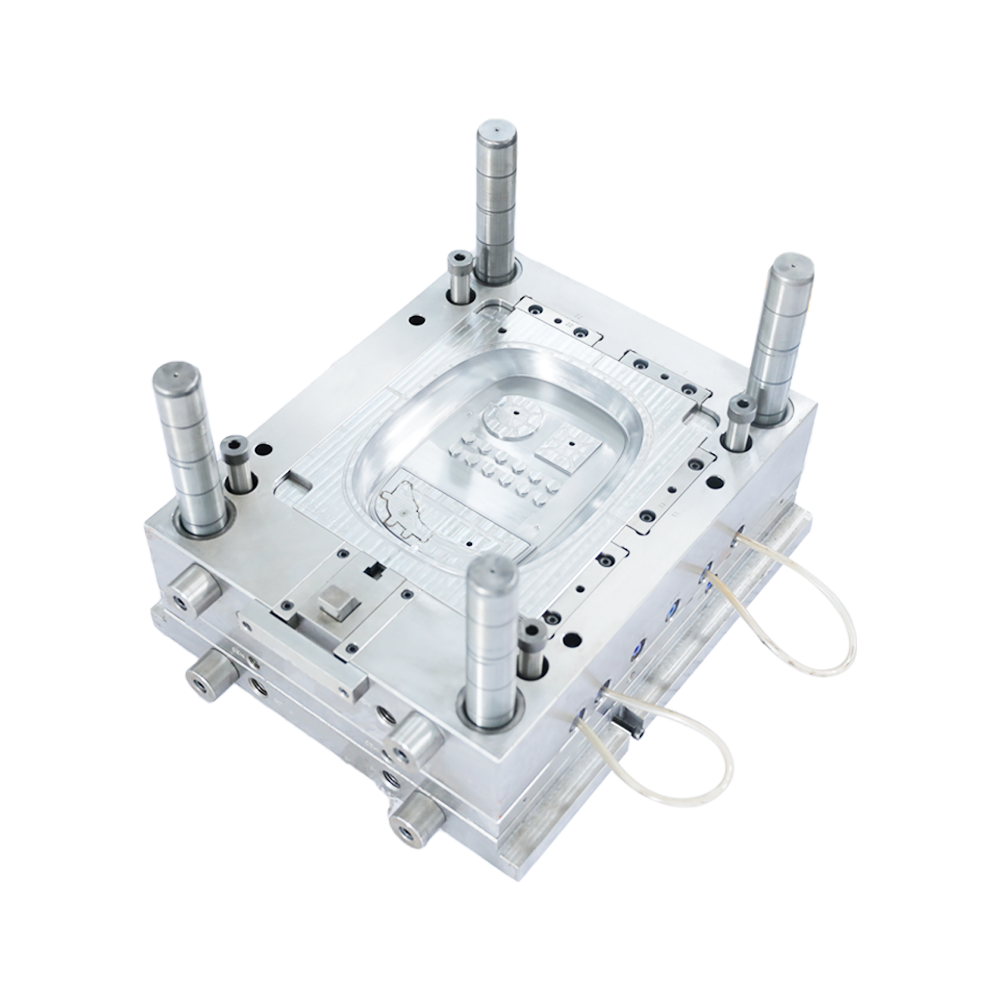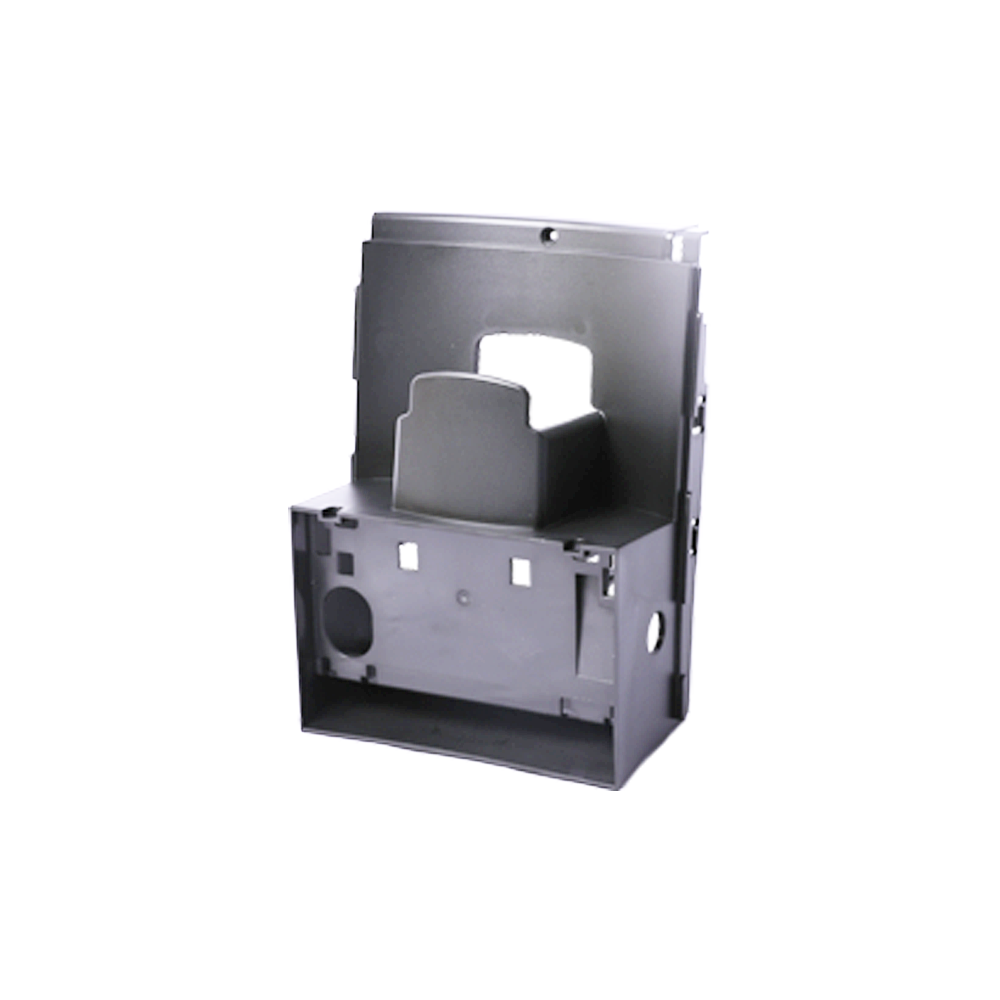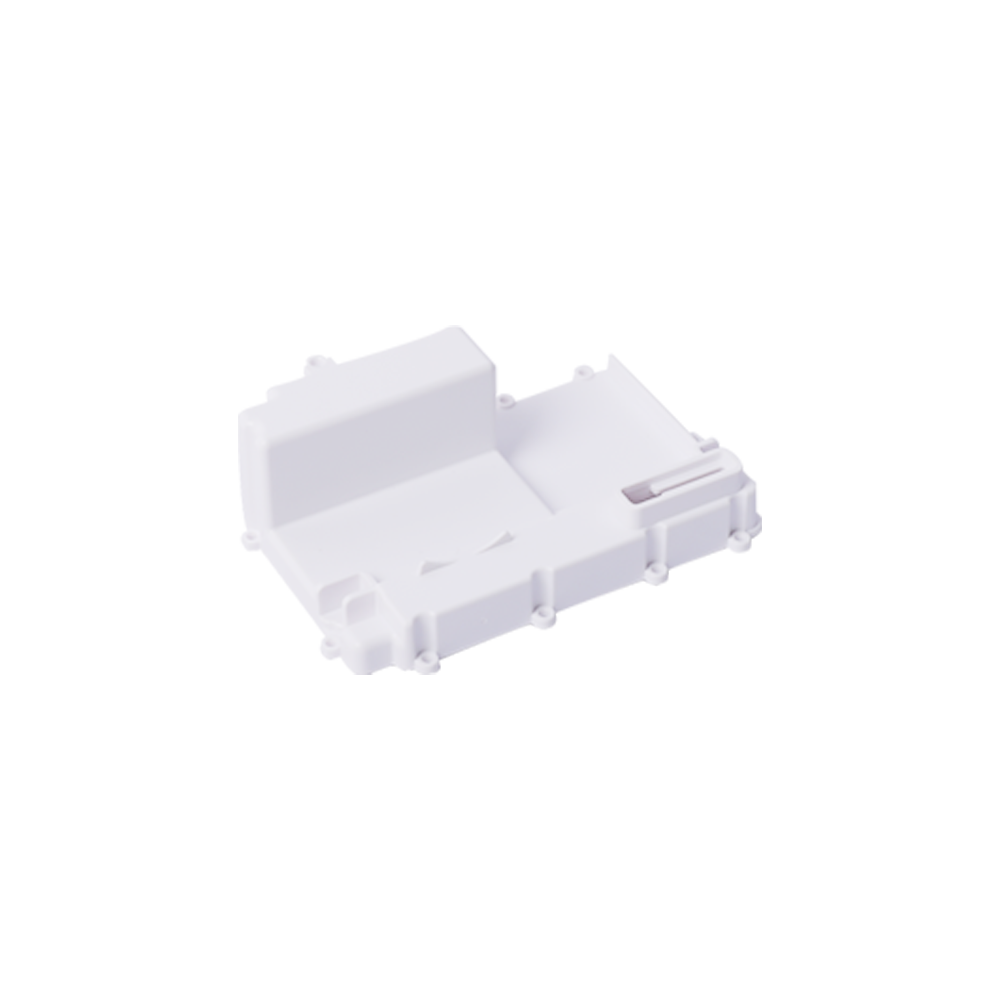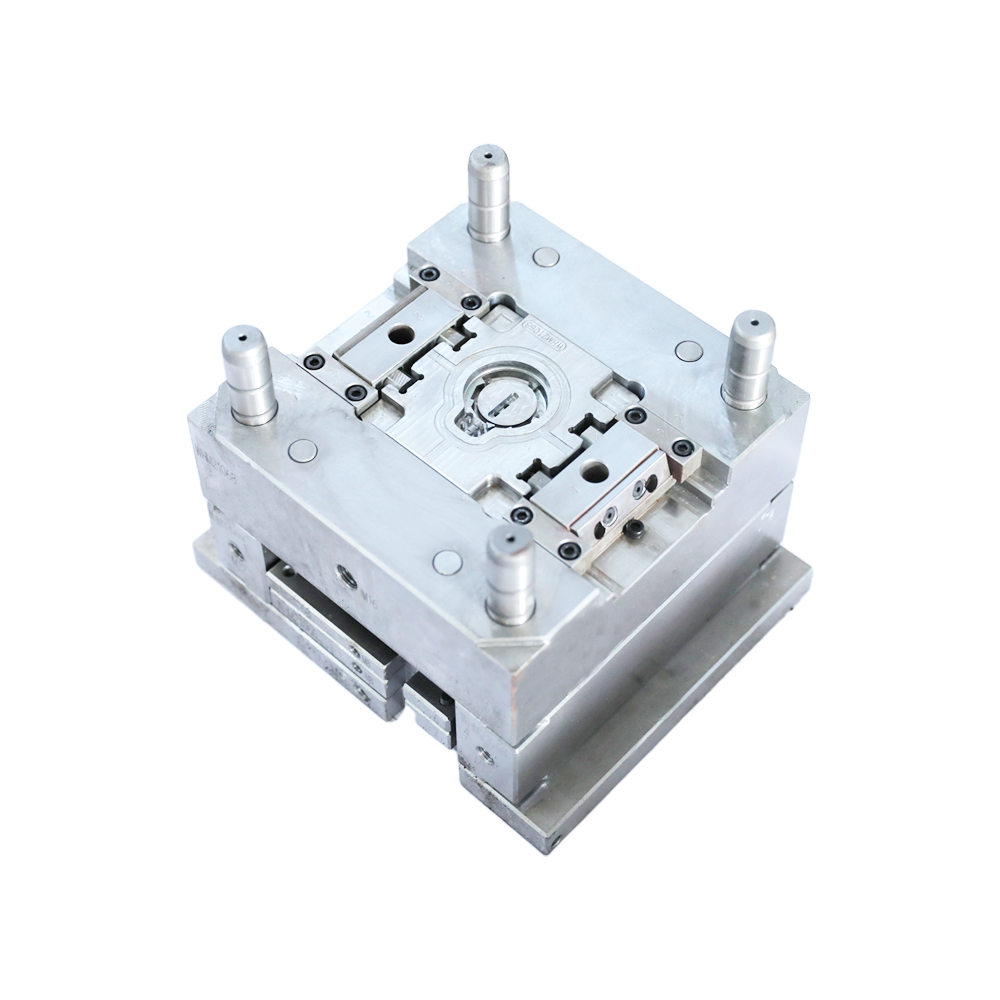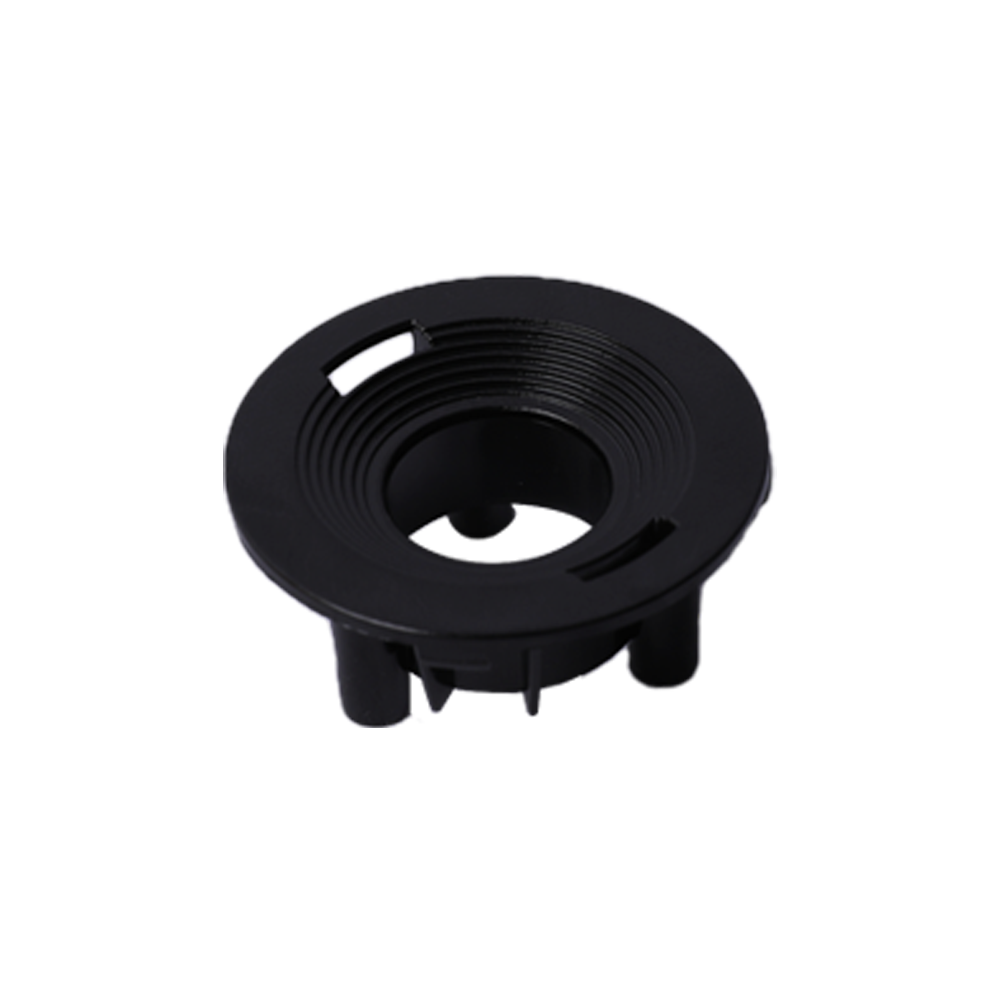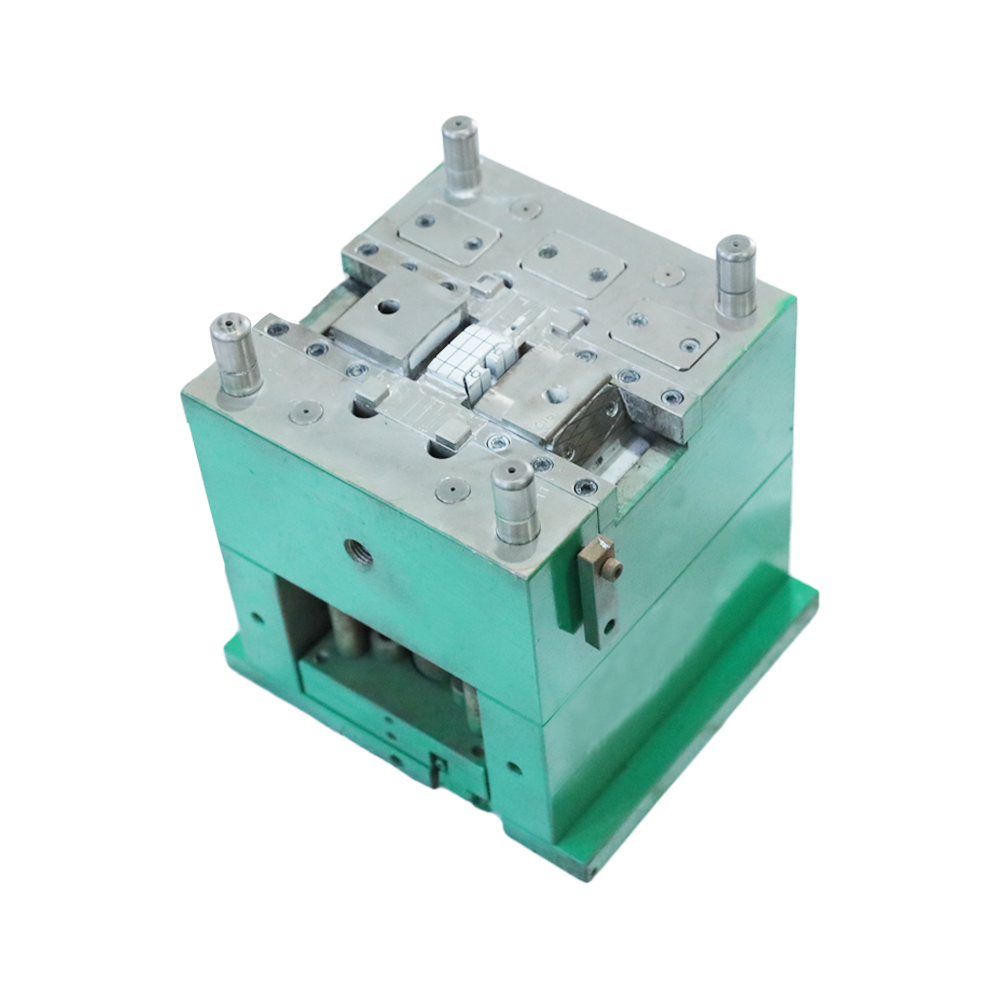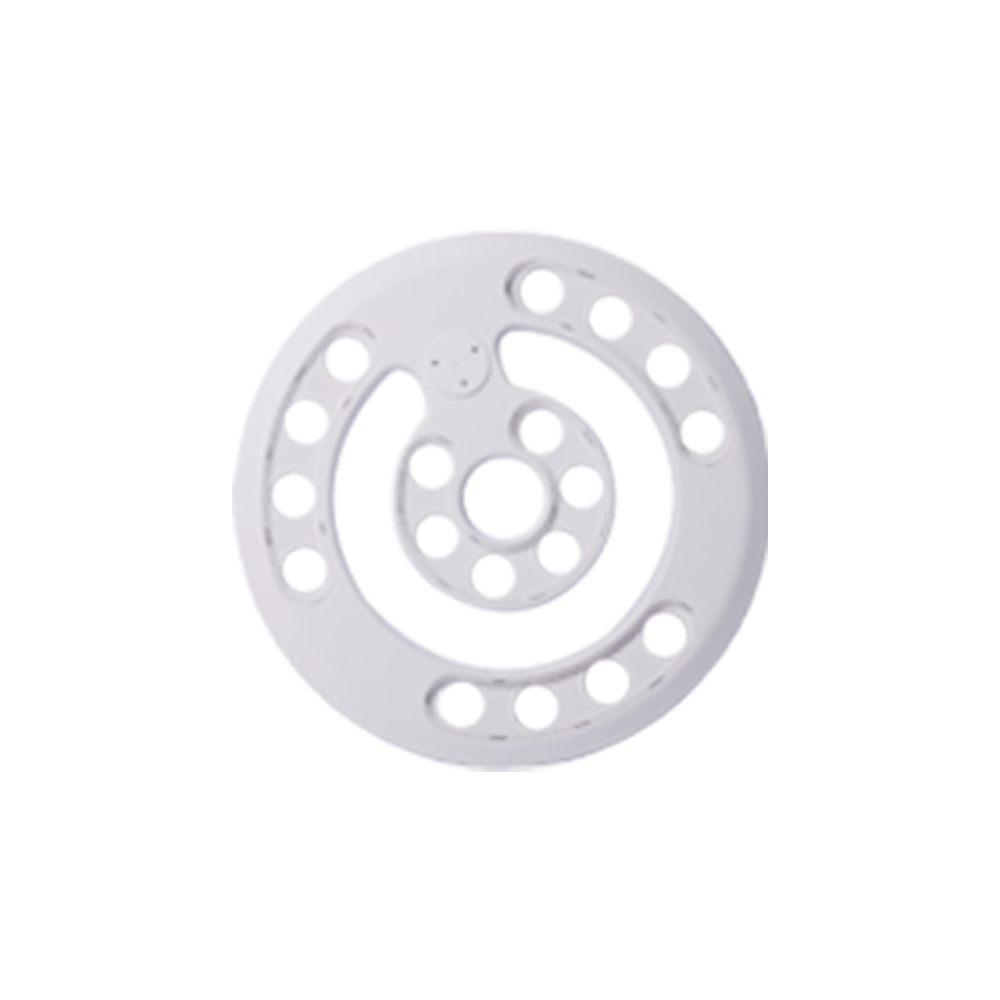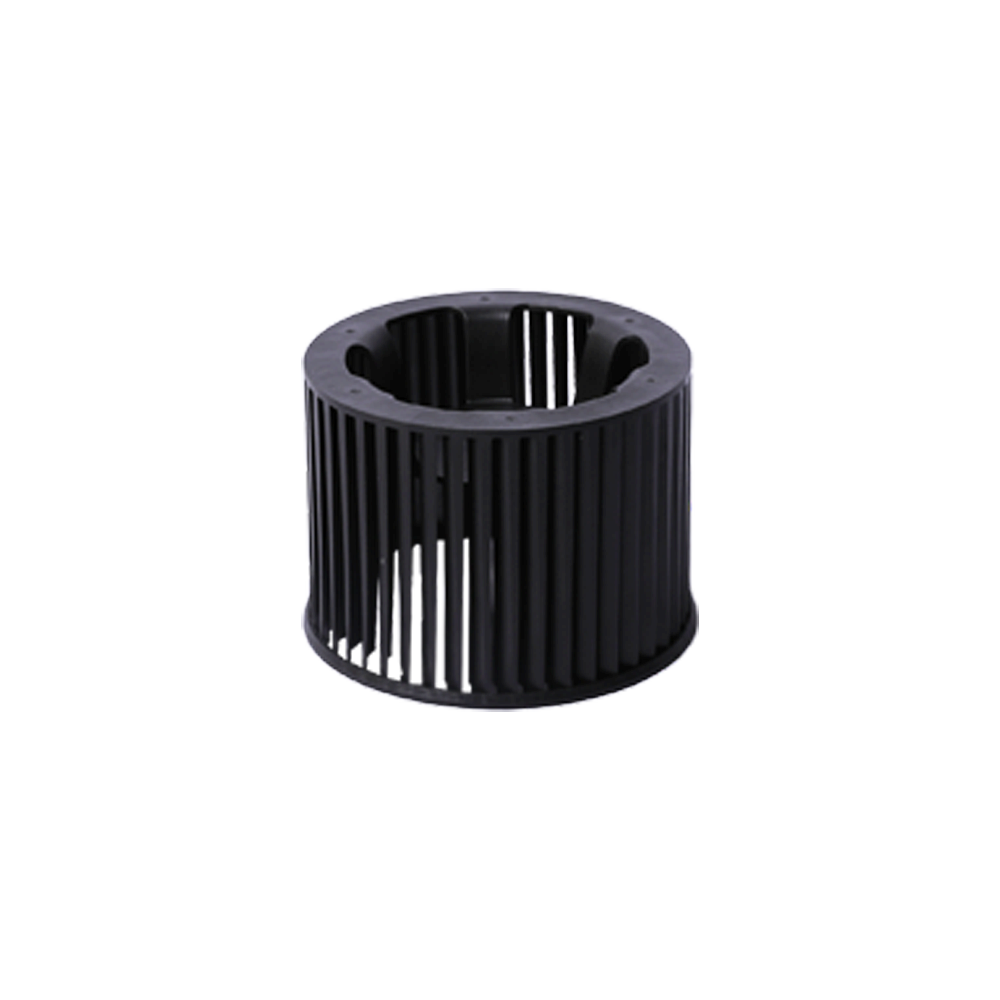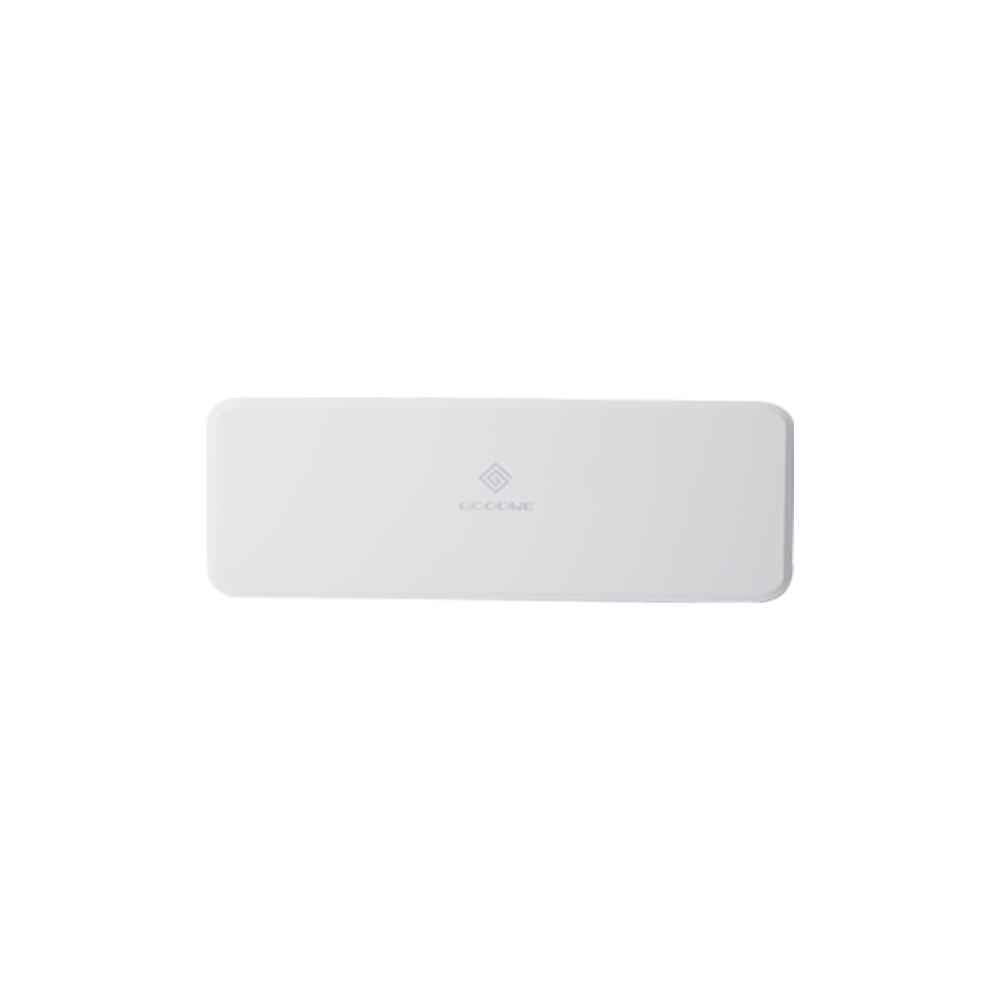Mold material selection requirements
Mold material selection is a very important link in Auto parts Mould the entire mold making process.
The selection of mold materials needs to meet three principles. The mold meets the work requirements such as wear resistance and toughness, the mold meets the process requirements, and the mold should meet economic applicability.
Condition requirements
1. Wear resistance
When the blank is plastically deformed in the mold cavity, it both flows and slides along the surface of the cavity, causing severe friction between the surface of the cavity and the blank, resulting in the failure of the mold due to wear. Therefore, the wear resistance of the material is one of the most basic and important properties of the mold.
Hardness is the main factor affecting wear resistance. In general, the higher the hardness of the mold parts, the smaller the amount of wear and the better the wear resistance. In addition, wear resistance is also related to the type, quantity, shape, size and distribution of carbides in the material.
2. toughness
Most of the working conditions of the mold are very bad, and some often bear a large impact load, which leads to brittle fracture. In order to prevent sudden brittle fracture of mold parts during operation, the mold must have high strength and toughness.
The toughness of the mold mainly depends on the carbon content, grain size and organizational state of the material.
3. Fatigue fracture performance
During the working process of the mold, fatigue fracture is often caused under the long-term action of cyclic stress. Its forms include small-energy multiple impact fatigue fracture, tensile fatigue fracture, contact fatigue fracture and bending fatigue fracture.
The fatigue fracture performance of the mold mainly depends on its strength, toughness, hardness, and the content of inclusions in the material.
4. High temperature performance
When the working temperature of the mold is higher, the hardness and strength will decrease, resulting in Household appliances Mould early wear of the mold or plastic deformation and failure. Therefore, the mold material should have high anti-tempering stability to ensure that the mold has high hardness and strength at working temperature.
5. Thermal fatigue resistance
Some molds are in a state of repeated heating and cooling during the working process, which causes the surface of the cavity to be subjected to tension, pressure and stress, causing surface cracking and peeling, increasing friction, hindering plastic deformation, and reducing dimensional accuracy, resulting in Mold failure. Hot and cold fatigue is one of the main forms of failure of hot work dies, and these dies should have high resistance to cold and heat fatigue.
6. Corrosion resistance
When some molds such as plastic molds are working, due to the presence of chlorine, fluorine and other elements in the plastic, strong corrosive gases such as HCI and HF are decomposed after heating, which erodes the surface of the mold cavity, increases its surface roughness, and aggravates wear failure.



 ��������
��������
